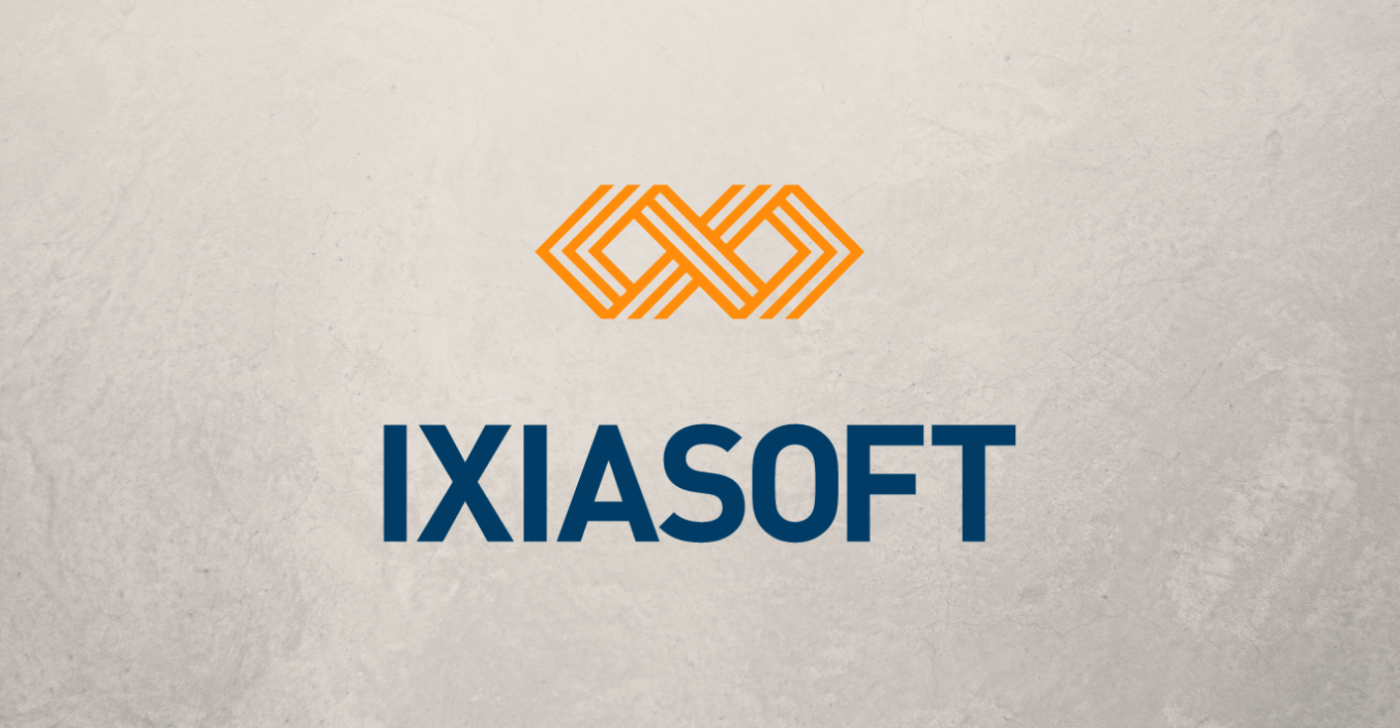Technical writers are under extreme pressure to create content at a pace that matches their product developers. The technical documentation that they produce provides essential guidance for customers, installers, integrators, support personnel, and their own teams as they deploy, use, and support products. Great technical documentation is a foundation for great customer experiences – and for the success of products themselves.
Astoria Software offers a comprehensive platform for building, curating, and delivering product and service information. Its platform serves the day-to-day needs of diverse, global content creation teams.
Acrolinx’s Vice President of Global Partners and Alliances, Dan Nutburn, spoke to Astoria Software’s President and Chief Executive Officer, Michael Rosinski, about the value Astoria delivers to customers and its integration with Acrolinx.
Dan Nutburn: What does Astoria Software do and how do you help customers?
Michael Rosinski: One of my favorite quotes is that “enterprise software is God’s gift to capitalism.” I certainly think that helps to capture what we do. Astoria Software is an enterprise software-as-a-service (SaaS) platform that manages the total content supply chain from creating content to storing, translating, and distributing it.
We provide all the prerequisites for companies in industries that produce product documentation and structured technical documentation, such as manufacturing, aerospace, IT, pharmaceuticals, biotech, and medical technology.
We can take content from in-house writers, translators, and stakeholder reviewers and present it in a legible, creative fashion for customers through websites, manuals, or other distribution channels. Our approach provides a high level of efficiency in content reuse, collaboration, and translation.
Dan: Can you talk us through the challenges that large enterprises have when they need to manage lots of technical content?
Michael: From a technical writer’s standpoint, the main challenge they face is content reuse. It’s very unproductive and frustrating for content writers to have to cut and paste information from document to document. Where Astoria Software shines is in the efficiency of creating content once and being able to reuse it anywhere.
Another challenge for content writers is collaboration. In a global organization, you might have many writers working on the same project throughout the world. Astoria can bring them all together, so they can create content seamlessly.
Global companies also have to overcome the challenges involved in publishing content in multiple languages for audiences around the world. Most component content management system (CCMS) vendors link to a third-party service that handles translation and translation management. Astoria instead integrates translation management functions and AI in one single source system without the need for third-party translation vendors.
Dan: There are a lot of CCMS vendors out there, so how does Astoria do this better than your competitors?
Michael: Astoria has been described by industry influencers as a “category killer” and we’re galvanized to win. There are so many companies going after the same prospective customer without a clear differentiator.
One clear advantage is that we were the first vendor to introduce enterprise SaaS in a CCMS. Our technology conforms to all the standards of the Darwin Information Typing Architecture (DITA), which really sets the stage for creating structured content.
We also employ a technology called Release management, an elegant solution for the branch/merge release management method. Our approach allows customers to manage any number of file and element versions without having to clone, branch, and re-link the content. It’s a much more efficient way to have decentralized content writing and allow centralized management and reuse at a very large scale.
Dan: I saw that over the history of Astoria Software, your technology was used for some of the most complex technical documents in existence, such as those used for the Boeing 777 and the F35 Joint Strike Fighter. What are some recent customer success stories?
Michael: STMicroelectronics, for example, is the largest semiconductor manufacturer in Europe and uses Astoria in their European manufacturing plants and distribution centers, and in the United States. They develop technical content for all these different markets, and they use the Astoria platform.
Another example is GE Healthcare. Astoria is the de facto standard for technical content management across all their divisions, such as ultrasound radiology and cardiology.
FIS Global, a Fortune 500 financial services company, uses Astoria as the central repository for integration to other systems such as Zoomin Software, Salesforce, and ServiceNow to create portals for accessing content most efficiently in different languages.
Dan: How do your customers benefit from using Astoria together with Acrolinx and why have you invested in a native integration with our technology?
Michael: From our standpoint, Astoria and Acrolinx are the perfect intersection of content creation and content impact.
Customers that use Astoria and Acrolinx together can better align their content with their brand and product. They have greater efficiencies in content creation and maintenance, and lower regulatory and compliance risk. Content that’s clearly written in its original language is easier and faster to translate into other languages. Also, the ability to regularly measure the quality of published content leads to better user engagement from their customers.
Our native integration between Astoria and Acrolinx means customers can automatically check content against their required standards. Content that doesn’t meet those standards is scheduled for review. This really streamlines the technical documentation process to expedite content creation, while improving compliance and the overall customer experience.
Want to see our integration in action, and find out how this can add value to customers? Click here


